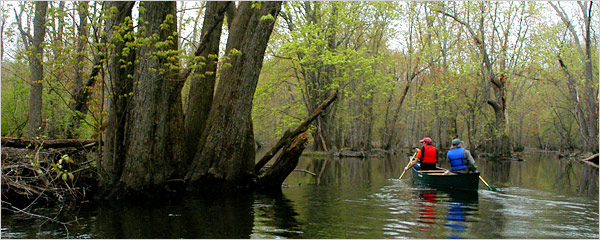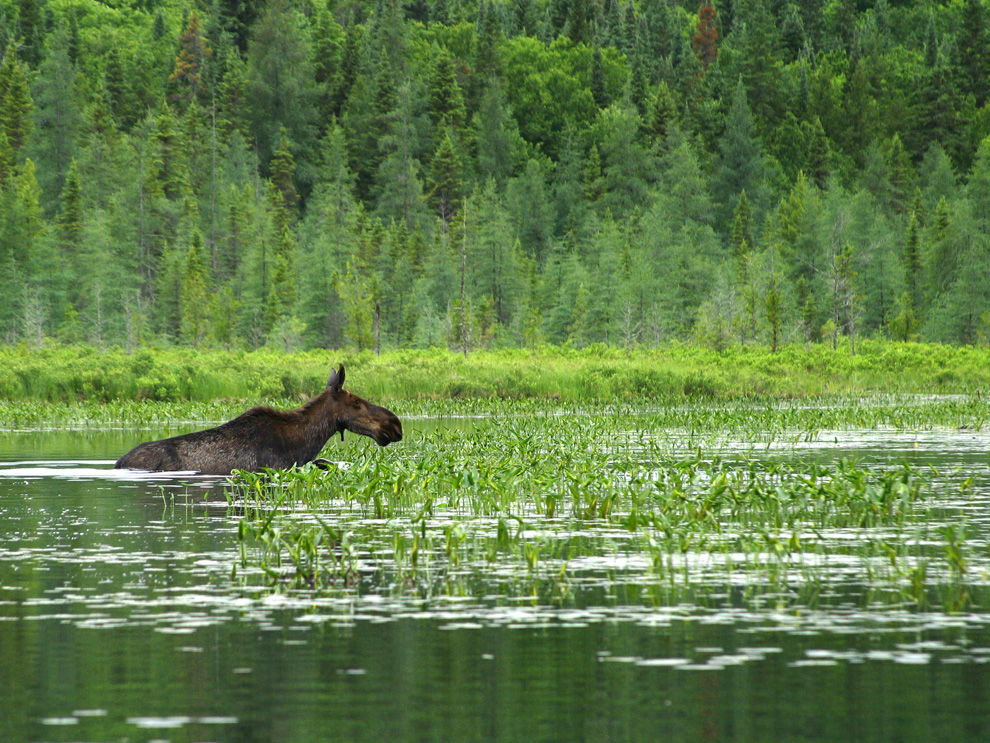7th Grade Types of Water - Watercolor - STEM Connection
STEM Connection
English Language Arts Standards » Reading: Literature
RL.7.4. Determine the meaning of words and phrases as they are used in a text, including figurative and connotative meanings; analyze the impact of rhymes and other repetitions of sounds (e.g., alliteration) on a specific verse or stanza of a poem or section of a story or drama.
I can determine the meaning of words and phrases in literary text (figurative, connotative, and technical meanings)
After finishing their watercolor painting students will write a poem to with the theme of : “Water is Life”
Vocabulary:
- Marshes are herbaceous wetlands (dominated by cattails, sedges, grasses, etc.)
- Swamps are woody wetlands (alder, willow, tamarack etc.)
- Bogs are dominated by sphagnum mosses
- Vernal pools are temporary wetlands (little pools) in forest.
Insects, from butterflies to mosquitoes, are probably the most familiar wetland animal. Wetlands support much larger creatures, however. Here, a large female moose, the largest member of the deer family, trudges through a wetland at Algonquin Provincial Park, Ontario, Canada. Moose are herbivores, and up to half of their nutrients come from hydrophytes such as reeds and lilies.
Painting Skills:
Wet-on-wet
Wet-on-dry
color pencil dry details
Bog
Swamp

Vernal pools
Pond







No comments